What’s Budding
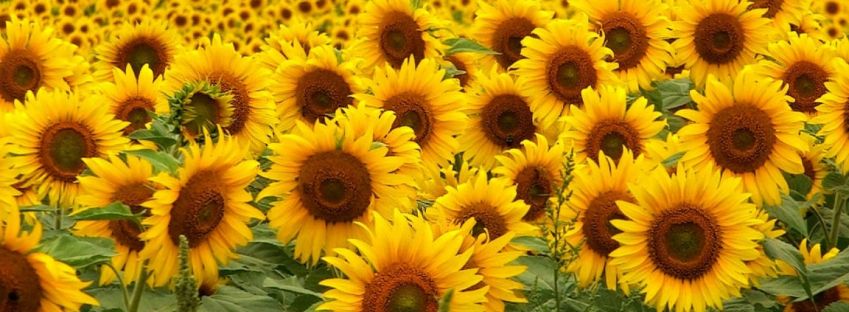
What’s Budding
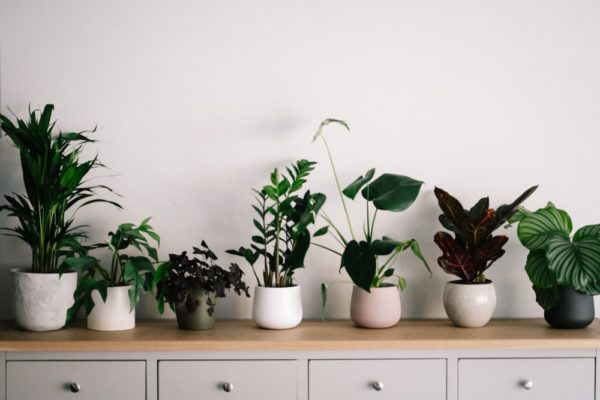
Zooming with Plants
As many of us spend more and more time in meetings virtually, the need to collate an attractive, professional yet personal background is clear. Some choose to use a background screen, but many prefer to create a view that shares a bit of who they are and what is important to them.
For most people, this means there is artwork on the wall, or perhaps a bookshelf or display cabinet. Check the angle and view of what will be visible before engaging in a video conference. Remember to avoid large reflective surfaces that can become distracting if the sun comes out from behind clouds- or suddenly reflect into view items you had stashed on the other side of the room out of view. Think about the titles of books or contents of photos that will be in view.
Be sure no papers are visible that might include personal or confidential information, and consider adding a small plant or two on a shelf or credenza, or even a larger floor size plant behind you at the edge of the view. If you have a prize African violet in full bloom, add it to your space for a few days to create interest and perhaps spark conversation. Also think about whether doors or windows should be open or closed, and what pets or children could wander through the space.
Naturally I tend to notice plants, and I think many people do. Be sure your plants are healthy and attractive. Don’t go through a presentation or budget meeting with your teammates or prospect distracted by a wilting plant or a smattering of yellow and brown leaves. You want the greenery to add color and vibrancy, and to create an attractive image for your virtual guests.

On the Green Side
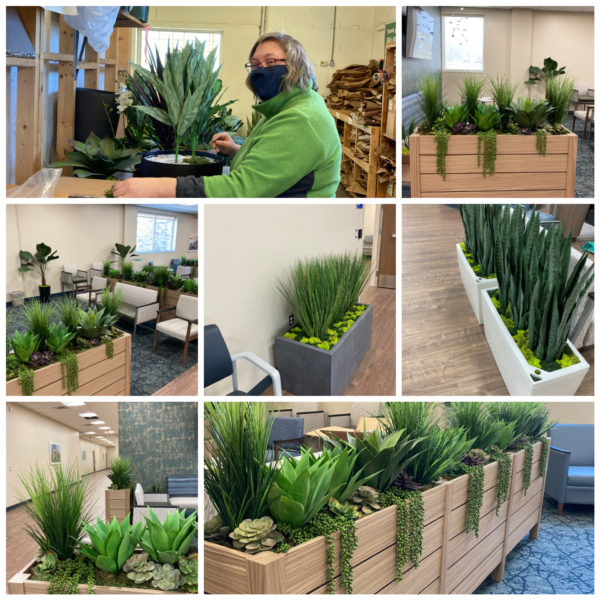
Is it Real?
We recently worked on three distinctly different projects that included faux or artificial plant materials. Replica plants can be a logical choice in a variety of situations. Though we provide thousands of dollars of faux materials annually, we seldom feature them, as they are always the second choice, rather than the first choice for horticulturists.
The largest recent project was a government facility where a medical clinic needed to be accented and some seating areas screened and separations for social distancing reinforced. All materials had to be flame retardant. The designers had begun the project ordering some custom combination pieces on-line from a California vendor, but were soon frustrated with the lack of design services to assist them in choosing the right materials. Finding us through a Goggle search, we met the design team on site to verify dimensions, review plant options and discuss logistics and timing. There were already some unique segmented planters ordered, including some for the pre-ordered plant items and some that would require grasses and an interesting top dressing of reindeer mosses. There were also trees, flowering accents for tables, faux succulent terrariums, and a variety of plants in various sizes and decorative containers.
We revised the written proposal several times as the designers considered all the elements and their budget. Products and supplies were ordered, and as items came in, we photographed some of the planter/plant combinations. This allowed the designers, who are located in another city, to make choices on layouts and combinations before the staging was custom cut. At installation, we were able to simply place most of our materials, as all the planning and staging had been completed in our facilities. The planters the client had procured were a special challenge, as they were made with false bottoms and had structural elements protruding into the planting space, effectively limiting design options. Once those were in place, filled and mossed, we turned to the items shipped from California. Those items had been made two inches too narrow, did not include risers of enough height, and had not been notched to accommodate the structural elements that protruded into the planters.
The designers were quite concerned, as the materials could not be installed as made. We quickly offered suggestions of how we would modify the design, add filler materials, and custom cut notches to make the pieces fit the planters. We created a new proposal for these modifications, and were back in two days to complete the work for them. It was fun and gratifying when our work later appeared on the nightly news as a vaccination clinic was being covered.
Digging In
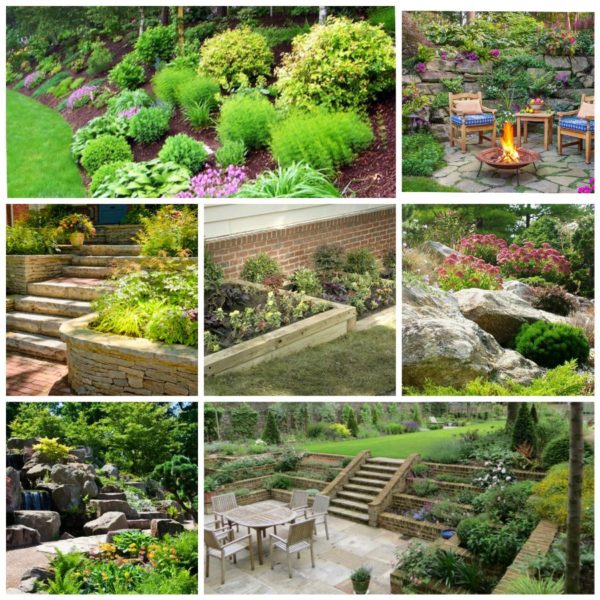
Slopes
A sloping yard, while posing landscape difficulties, also offers tremendous opportunities. If designed well, slopes add visual interest, screen views, buffer noise, direct the eye and create ample planting areas. When planning your landscape, consider which type of planting areas will work best on your terrain. Should they be informal, open terraces, or structured beds? Think about how you are going to access the planting areas, as you may need paths and steps to be able to maintain them.
It is important to plan for drainage. Excess water coursing downhill may cause problems, including damage to foundations, flooding low-lying areas, and eroding hillsides. You must know where the water is coming from, where you want to intercept it, and where to dispose of it, before installing a drainage system.
For gentle slopes that are 3 to 10%, select plants that will provide some erosion control.
Slopes greater than 20% are too dangerous to mow, so plantings should be low maintenance. Try a few of these to make your hillside a success:

The Buzz
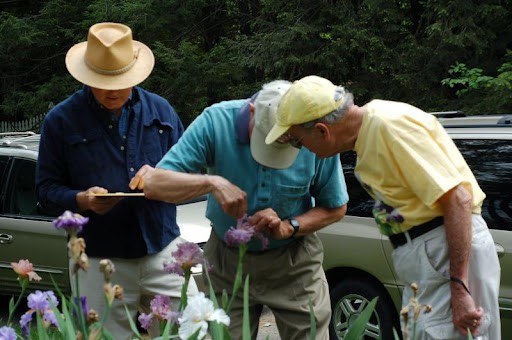
New and Fun
Plants have been around for a lot longer than the human record, but in the beginning, all the plants were natural developments. About 9,000 to 11,000 years ago humans began saving seeds from plants that produced bigger or better edible seeds, fruits or berries. Once human selection became widespread, some people realized that they could modify plants by cross pollination or grafting, and those practices slowly spread with travel and trade.
Also possible with travel and trade, plant species moved from their original natural range into broader areas where temperature and rainfall were compatible with the plants. The land that eventually became the United States was the original home of the strawberry and the sunflower, while what is now Mexico was a source trove of corn, dry beans, tomato and cotton.
Many species are now found domesticated across several continents. Each country has its own rules and laws covering what can be legally imported, what can be exported, and how inspections and quarantines are handled. Governments work hard to keep serious pests out and avoid introduction of any new insects or pathogens into their jurisdiction.
Our food gardens, farms, homes and landscapes may include plants of dozens of countries of origin. As science developed the possibility of genetic selection for traits like disease resistance and drought tolerance, plants became even more specialized. Developing high producing fruits and grains allowed humans to settle in larger and more permanent cities and towns. Often this occurred along rivers or lakes, providing needed fresh water and water born transportation as well.
Now we can produce specialized hybrids through breeding, and then clone that exact plant through tissue culture. Many varieties are patented, making it illegal to take and grow cuttings of those patented plants without paying a fee to the breeder for their years of research.
Each spring garden centers offer us new colors and varieties of annuals and perennials. New landscape perennials and shrubs are introduced as well. New varieties of the tropical plants that we use as houseplants are advertised constantly, and then as more new varieties appear, some fade from popularity. There are literally thousands of hobbyists, growers and scientists constantly working on plant breeding and culture.
If you need help deciding what to plant or what variety might best suit your needs, we are always here to help you figure out the right fun, new variety to try next.
Copyright © The Plant Professionals